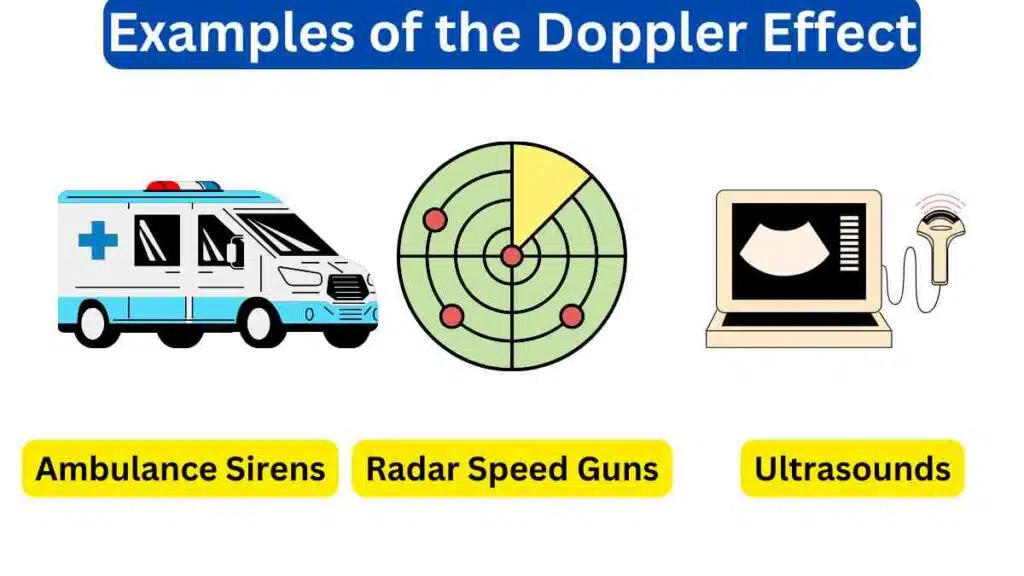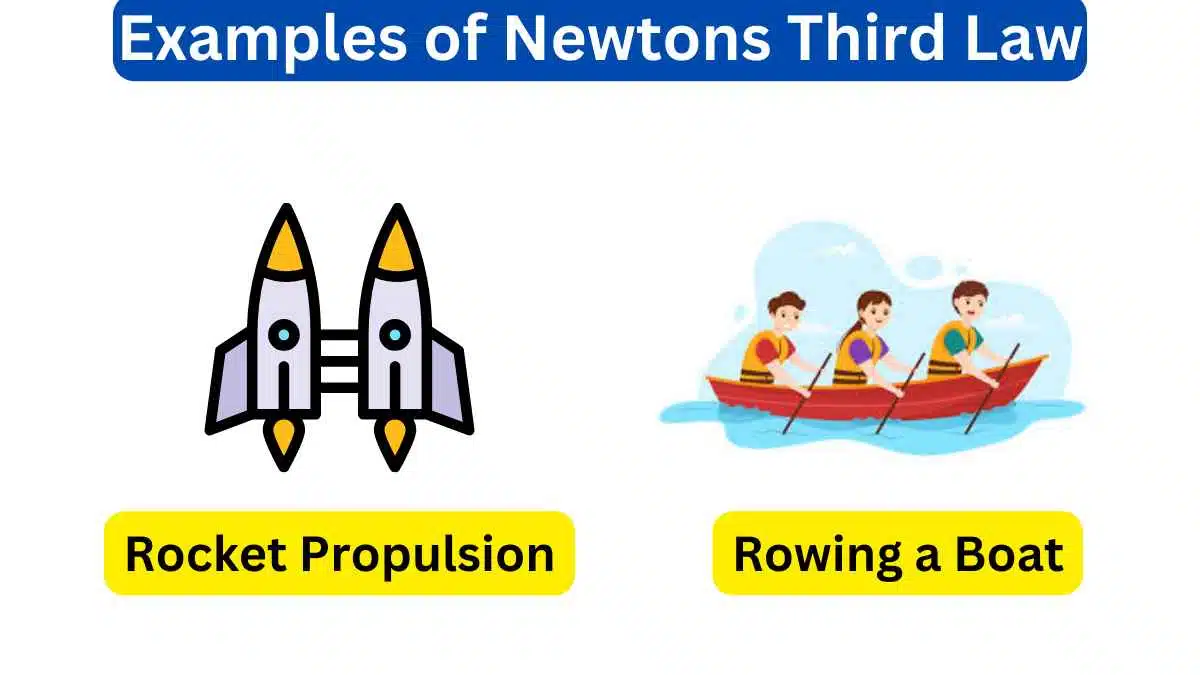10 Examples of the Doppler effect
The Doppler effect is a phenomenon that occurs when there is a relative motion between a source of waves and an observer. Examples of the Doppler effect can be observed in everyday life such as the change in pitch of an ambulance siren as it passes by.
Examples of the Doppler Effect
Here are 10 examples of the Doppler effect in everyday life.

1. Ambulance Sirens
A very common example of a Doppler effect is ambulance sirens. As an ambulance approaches, its siren’s sound waves compress together, increasing the pitch. As it passes by, the waves extend, lowering the pitch.
2. Radar Speed Guns
Military use radar speed guns for different purposes. It is also an example of the Doppler effect. Police radar guns detect a vehicle’s speed by emitting radio waves and observing the shifted frequency reflected back due to the Doppler effect.
3. Satellite Navigation
GPS satellites travel at 14,000 mph while we move much slower on Earth. Doppler shifts are used to calculate position.
4. Stellar Redshifts
Light from stars moving away from Earth is redshifted to longer wavelengths due to the Doppler effect indicating an expanding universe.
5. Shock Waves
The sonic booms from supersonic aircraft happen because shock waves compress together near the ground due to the Doppler effect.
6. Ultrasounds
In Doppler ultrasound scans, the change in frequency of echoes passing through moving blood provides vital medical information.
7. Flow Meters
Acoustic flow meters measure fluid velocities by detecting Doppler frequency shifts between sound waves moving with and against the flow.
8. Audio Effects
In music production, the Doppler effect is simulated to create futuristic, spacey sound effects and sweeping pitch changes.
9. Train Horns
The distinctive horn sound when a speeding train passes comes from the rapid Doppler shift between approaching and receding.
10. Medical imaging
Doppler ultrasound uses the Doppler effect to create images of blood flow. The ultrasound transducer emits sound waves and listens for the echoes. The change in frequency of the echoes tells the transducer how fast the blood is flowing.
The Doppler effect is a fascinating phenomenon that has many applications in our everyday lives. It is a reminder that waves are always in motion, and that their frequency can change depending on the relative motion of the source and the observer.







Leave a Reply